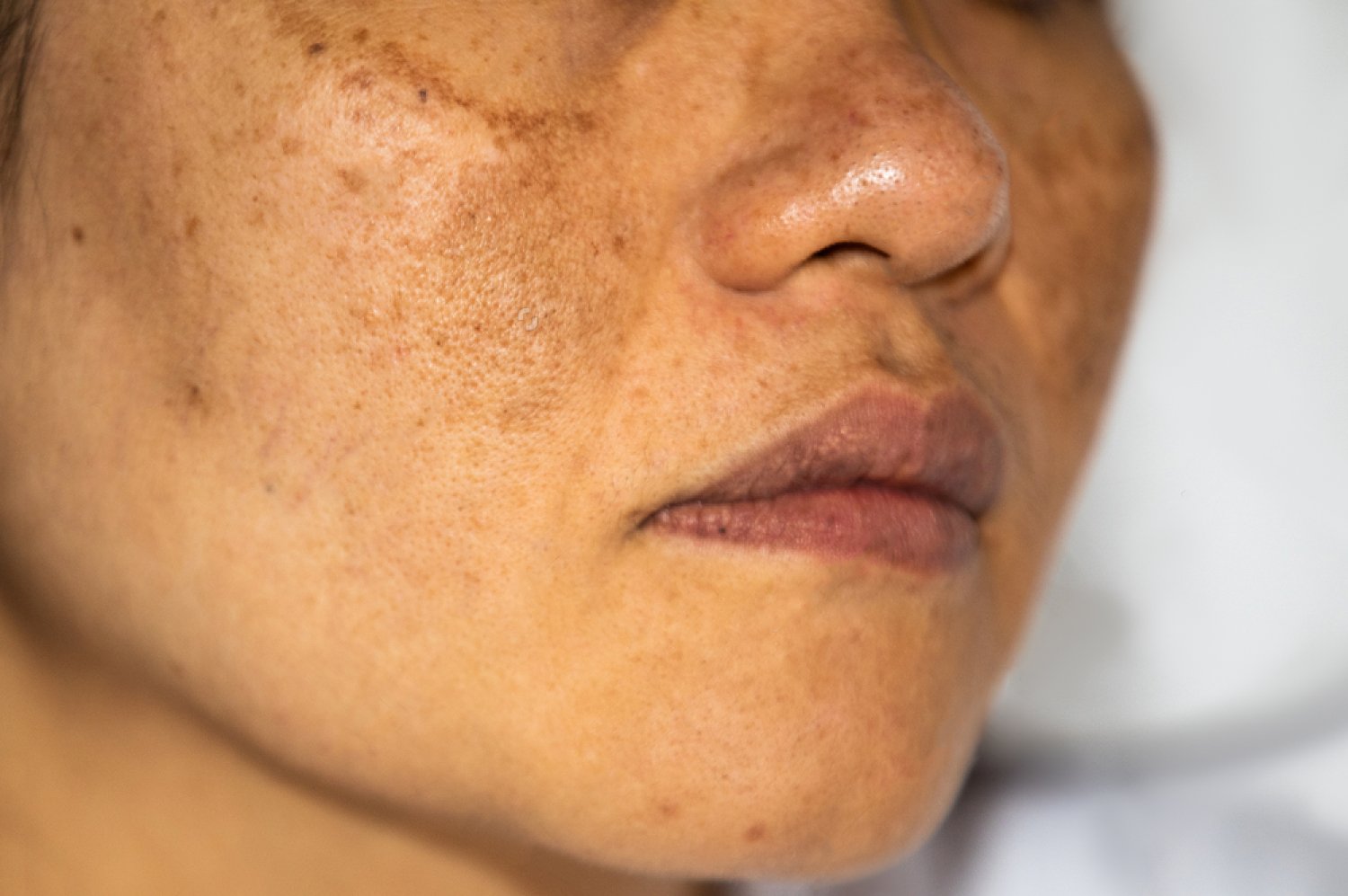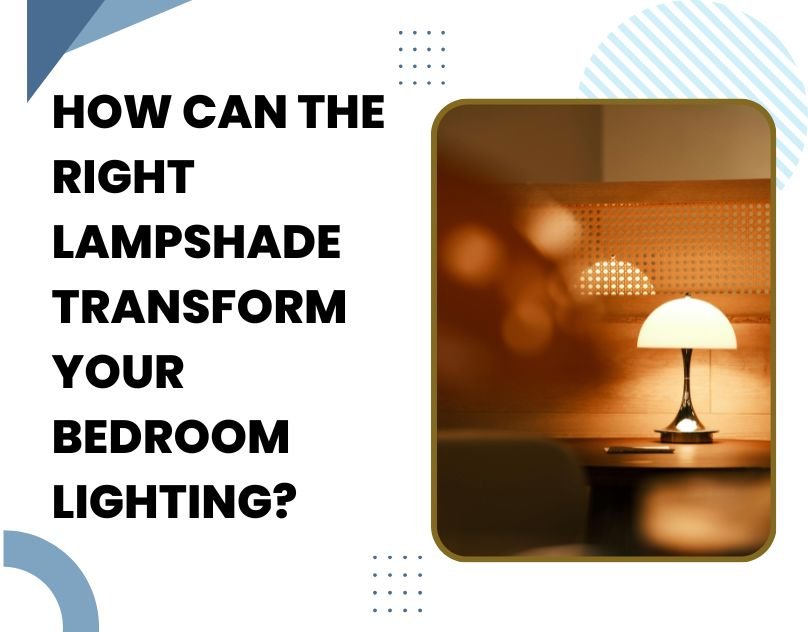Men’s Laser Hair Removal Abu Dhabi has become an increasingly popular choice for those seeking a long-term solution to unwanted hair. This advanced aesthetic procedure offers a permanent reduction in hair growth, providing a cleaner, more refined look and boosting confidence. As technology has evolved, the effectiveness and safety of laser hair removal have improved, making it a preferred method among men worldwide. To achieve optimal results, understanding the number of sessions required is essential for setting realistic expectations and planning accordingly.
Understanding the Laser Hair Removal Process
How Laser Hair Removal Works
Laser hair removal involves targeting hair follicles with concentrated light energy, which damages the follicle’s ability to produce hair. The procedure is most effective when hair is in its active growth phase (anagen phase). Since not all hair follicles are in this phase simultaneously, multiple sessions are necessary to treat all follicles effectively. This process ensures a significant reduction in hair growth over time, leading to smoother skin and less frequent maintenance.
Factors Influencing the Number of Sessions Needed
Several factors influence the total number of sessions required for men’s laser hair removal success. These include hair density, hair color and skin type, treatment area, and individual hair growth cycles. Darker hair absorbs laser energy more efficiently, often requiring fewer sessions, while lighter hair may necessitate additional treatments. Additionally, larger treatment areas may require more sessions to achieve uniform results.
Typical Number of Sessions for Optimal Results
Standard Treatment Protocols
On average, most men need between 6 to 8 laser hair removal sessions to see significant and lasting hair reduction. These sessions are typically spaced 4 to 6 weeks apart, aligning with the hair growth cycle to maximize treatment efficacy. Consistency and adherence to the recommended schedule are crucial for achieving the desired outcome.
Variations Based on Treatment Area
Different body areas may require varying numbers of sessions. For example, a small area like the upper lip might need fewer treatments, whereas larger regions such as the back or chest could require more. The density and thickness of hair in each area also influence the number of sessions needed. Personalized treatment plans help ensure comprehensive coverage and optimal results.
Expected Results After Completing Sessions
Most men notice substantial hair reduction after completing the recommended number of sessions. The remaining hair often becomes finer, lighter, and less noticeable. While some hair may regrow over time, maintenance sessions can help sustain the results, leading to long-lasting smoothness and reduced hassle.
Factors Affecting Treatment Frequency and Success
Hair and Skin Type Compatibility
Laser technology is most effective on individuals with high-contrast hair and skin tones, typically dark hair and lighter skin. This contrast allows the laser to target hair follicles efficiently. Men with darker skin or lighter hair may require specialized laser devices or adjusted settings, which can influence the number of sessions needed.
Hormonal Factors and Hair Regrowth
Hormonal influences, such as those from testosterone, can affect hair regrowth. Men experiencing hormonal fluctuations or conditions may notice different responses to laser treatment, potentially requiring additional sessions or touch-ups to maintain results.
Post-Treatment Care and Maintenance
Proper post-treatment care enhances the success of laser hair removal. Avoiding sun exposure, using recommended skincare products, and following professional advice help prevent complications and promote optimal healing. Consistent care can also reduce the likelihood of hair regrowth and improve overall results.
Tips for Maximizing Laser Hair Removal Outcomes
Choosing the Right Clinic and Equipment
Selecting a reputable clinic with experienced practitioners and advanced laser technology is vital. Modern devices with multiple wavelengths can cater to various skin and hair types, ensuring more effective treatments and fewer sessions.
Adherence to Treatment Schedule
Sticking to the prescribed treatment schedule maximizes the effectiveness of each session. Skipping appointments or delaying treatments can prolong the process and diminish results.
Maintaining Realistic Expectations
Understanding that individual responses vary is important. While many achieve significant hair reduction after several sessions, some hair may persist due to genetic or hormonal factors. Patience and ongoing maintenance help sustain desirable outcomes.
FAQs About Men’s Laser Hair Removal
How many sessions are typically required for men’s laser hair removal success?
Most men need approximately 6 to 8 sessions to achieve optimal and lasting hair reduction, with results becoming more noticeable after each treatment.
How long does it take to see visible results?
Visible improvements can be observed after the first few sessions, with significant hair reduction usually evident by the end of the treatment course. Full results may take several months to manifest as hair regrows in the treated areas.
Can I expect permanent hair removal after completing the sessions?
Laser hair removal provides permanent hair reduction, meaning that treated hair is unlikely to regrow. However, some hair may persist or regrow over time, necessitating maintenance sessions.
Is laser hair removal suitable for all skin and hair types?
While highly effective for darker hair on lighter skin, advancements in laser technology have expanded suitability to a broader range of skin and hair types. Consultation with a qualified professional can determine the best approach for individual needs.
















Leave a Reply